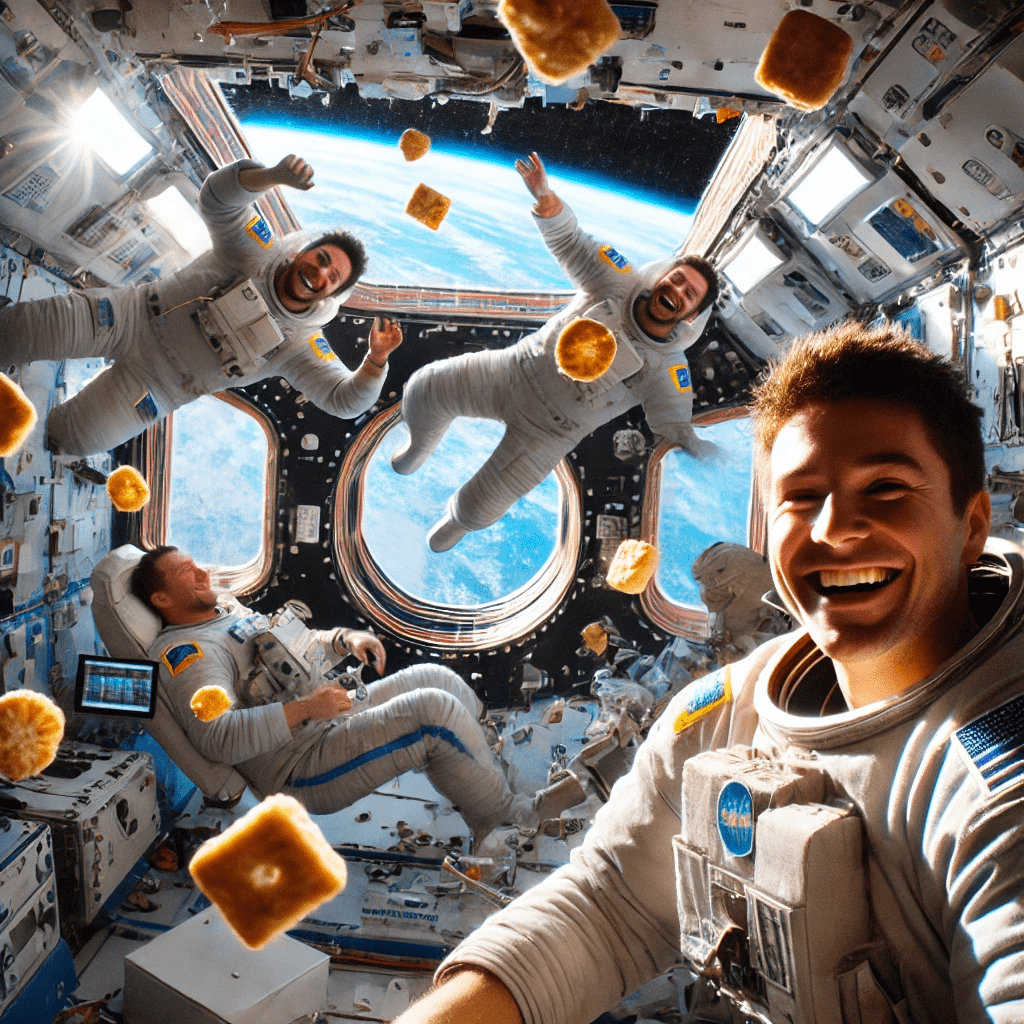Why Boeing’s Starliner isn’t Returning to Earth
Introduction
When astronauts Butch Wilmore and Suni Williams launched from Cape Canaveral Space Force Station in Florida on June 5, they expected to be back in time for the Juneteenth holiday. They were testing Boeing’s newest spaceship, the Starliner. Their mission was to test the spacecraft, dock briefly with the International Space Station (ISS), and return home. The entire mission was supposed to last about a week. However, due to a series of leaks and malfunctions, NASA has delayed their return indefinitely. But don’t say they’re stranded.
What’s Happening with Starliner?
Initial Plan and Delay
- Launch Date: June 5, 2024
- Expected Duration: One week
- Current Status: Delayed return
Mark Nappi, Boeing’s vice president for its Commercial Crew Program, emphasized that the astronauts are not in any danger and are not stranded. He assured reporters that there is no increased risk in bringing Wilmore and Williams back to Earth.
Development Challenges
Early Problems
Starliner has faced numerous challenges since its development began. During its first test flight in 2019, it failed to reach its intended orbit due to an incorrectly set onboard clock, which caused the thrusters to fire at the wrong time. Consequently, Starliner never made it to the ISS and required a second test flight without astronauts.
Continued Issues
In 2022, the second test flight encountered problems with two thrusters that failed to fire. Starliner successfully switched to backup thrusters and docked with the ISS. Further delays occurred when issues with the parachute system and potential fire risks from wiring tape were discovered, pushing back the launch to this spring.
Launch and New Problems
On May 6, while preparing for the final launch, more problems arose. A stuck valve on the rocket launching Starliner had to be replaced, and helium leaks were found in the spacecraft. Helium gas is used to pressurize the propulsion system, and NASA took several weeks to determine the leaks wouldn’t deplete the helium during the mission.
Successful Launch and Further Issues
Launch and Docking
- Launch Date: June 5, 2024
- Astronauts: Butch Wilmore and Suni Williams
After overcoming numerous obstacles, Starliner successfully launched. However, as the spacecraft approached the ISS, five of its 28 “Reaction Control System” thrusters shut down unexpectedly. Engineers managed to troubleshoot the issue, and the spacecraft docked with the ISS. Four of the five thrusters were restored, but four additional helium leaks were discovered, bringing the total to five.
Ongoing Testing
NASA now needs to conduct further testing and evaluation of these issues before Wilmore and Williams can return to Earth. Engineers suspect faulty seals might be causing the helium leaks, which are considered low risk. The thruster issues, however, are more complex. Starting this week, NASA will conduct extensive tests on a Starliner thruster at its White Sands Test Facility in Las Cruces, New Mexico. The tests will simulate launches, dockings, and landing burns to replicate the problems and ensure the thrusters can safely bring the astronauts home. This process could take several weeks.
Misconceptions and Safety
Astronauts Not Stranded
Despite media speculation, Wilmore and Williams are not stranded aboard the ISS. They are comfortably housed and safe. Starliner is designed to remain in space for up to 210 days, and the space station is recharging the spacecraft’s batteries as needed. NASA is considering extending the mission beyond the originally planned 45 days.
Backup Plans
In an emergency, NASA could use a SpaceX Dragon capsule or a Russian Soyuz capsule to bring the astronauts home. However, this is seen as unnecessary at the moment. The helium and thruster problems are located in Starliner’s service module, which will be jettisoned before landing. Engineers may want to keep Starliner at the station longer to gather more data from the module.
Recent Safety Test
Last week, Wilmore and Williams took shelter inside Starliner after a Russian satellite broke apart, creating orbital debris. They were ready for an emergency undock and landing, demonstrating NASA’s confidence in Starliner’s safety.
Future of Starliner
Boeing’s Commitment
Boeing received a $4.2 billion contract from NASA in 2014 to build Starliner. The spacecraft was supposed to regularly ferry astronauts to and from the ISS by now. However, delays have cost Boeing at least $1.5 billion in losses. Meanwhile, SpaceX, with a $2.6 billion contract, successfully flew humans in 2020 and has completed eight regular crewed missions for NASA.
Broader Issues
Analyst Ron Epstein from Bank of America suggests that Boeing’s problems, including those with Starliner, are part of broader management issues focusing more on shareholder returns than on core engineering. Boeing has faced problems with its 737 Max aircraft and delays in delivering two 747s for Air Force One.
Future Uncertain
Starliner’s first regular flight carrying astronauts to the ISS is scheduled for February 2025. It’s unclear if NASA will certify the spacecraft in time. Even if certified, Starliner might conduct only a few flights before the ISS is retired in 2030. Boeing may decide to walk away from the program if extensive modifications are needed.
Conclusion
Despite the challenges, Boeing’s Nappi insists the company is committed to Starliner. The spacecraft represents a significant investment and effort by Boeing to participate in NASA’s Commercial Crew Program. As NASA continues testing and troubleshooting, the safe return of Wilmore and Williams remains the top priority. The future of Starliner hangs in the balance, but for now, the focus is on resolving the current issues and ensuring a successful mission.
Source
For more information, refer to the original article on NPR.
To read more articles like this, visit: Regent Studies




